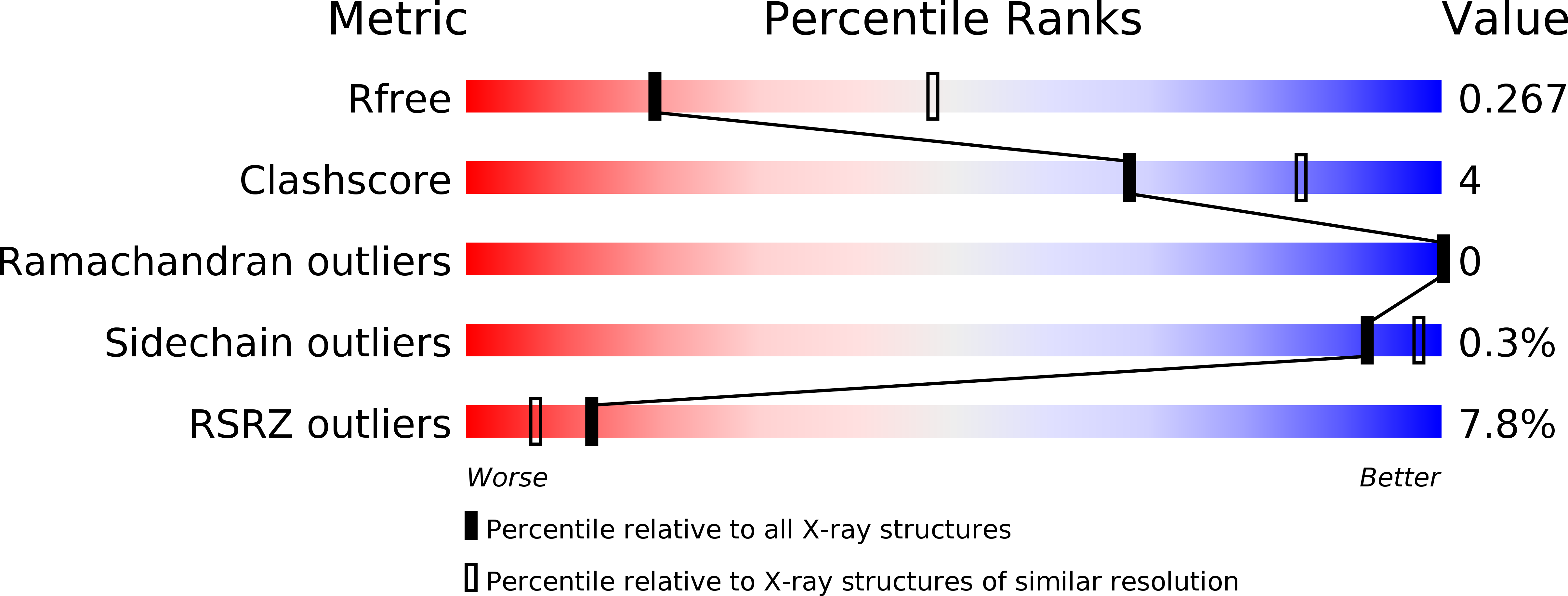
Deposition Date
2014-06-27
Release Date
2015-03-25
Last Version Date
2023-09-27
Method Details:
Experimental Method:
Resolution:
2.80 Å
R-Value Free:
0.27
R-Value Work:
0.23
R-Value Observed:
0.24
Space Group:
P 21 21 21


